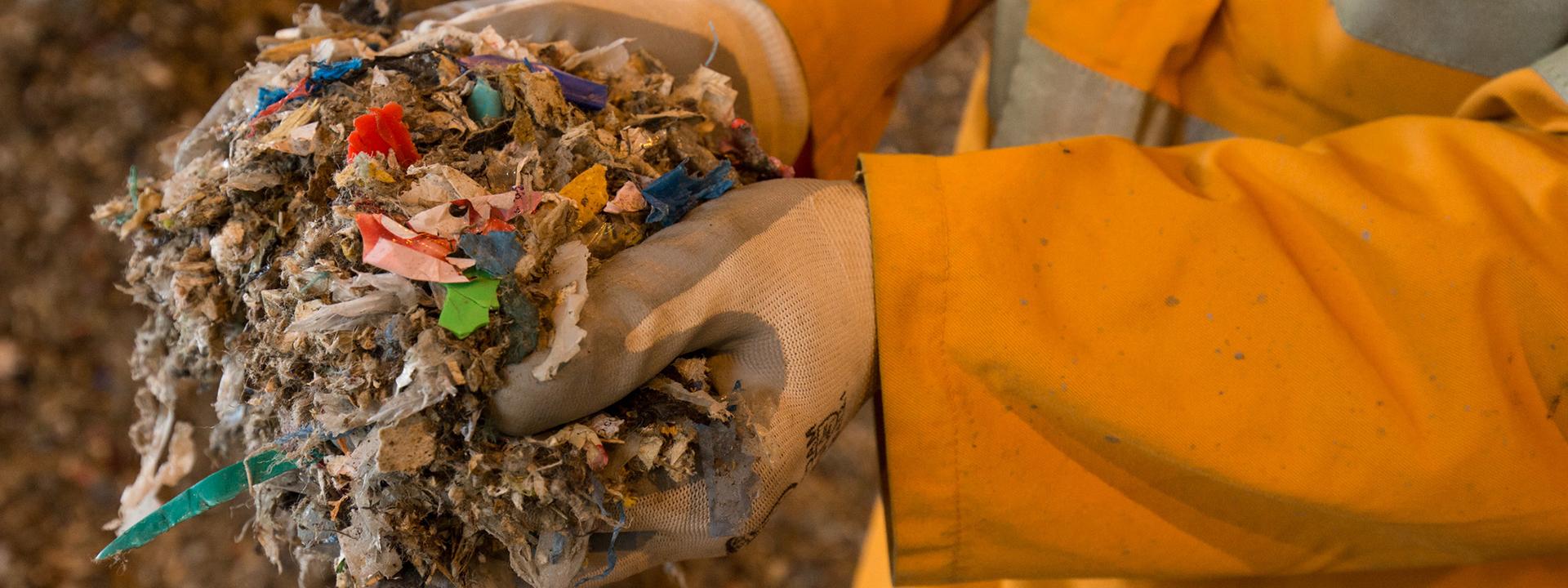Waste as fuel
Our alternative fuel consumption at 52 per cent is better than the European cement industry’s latest figure (2016) of 44 per cent, but relies heavily on the availability of suitable fuels from waste. We burn three main alternative fuels in our cement kilns: solid recovered fuel (SRF) from domestic and industrial waste, meat and bone meal (MBM) and Cemfuel, made from industrial solvents. The availability of MBM (which is 100 per cent biomass) has declined as a result of market changes and the fact that suppliers are using it themselves for power generation rather than supplying the cement industry.
The use of alternative fuels fell by two percentage points to 54 per cent of kiln energy consumption. The biomass (carbon neutral) proportion of the fuels also fell slightly to 19 per cent, because we used less MBM and also reduced the use of SRF (which has 50 per cent biomass) at our Ketton works to maximise kiln output, reflecting the fact that there is a trade-off between increased use of alternative fuels and kiln efficiency.
An upgrade of the automatic feed systems at Ribblesdale works means the plant can now burn a greater proportion of alternative fuels. The improvement is part of a three-phased fuel strategy to reduce the amount of coal used to fire the kiln when manufacturing cement, reducing both carbon emissions and waste to landfill. The £500,000 upgrade allows more SRF to be burned, cutting coal consumption by a further 10,000 tonnes a year. and diverting waste to landfill by more than 16,000 tonnes a year.
The SRF is processed by a local company, delivered into a docking station at the works by lorries with hydraulic moving floors and then fed automatically into a new fuel delivery system. Successful trials have also been carried out to burn paper residues from used motor vehicle oil filters in the kiln.
-
Cement fuel derived from waste
2010 (baseline)
2016
2017
2018
All waste
158,704 (53%)
168,091 (45%)
194,338 (54%)
197,450 (52%) Biomass
74,429 (24%)
49,525 (14%)
73,314 (21%)
69,664 (19%) Data has been amended for all years to omit the energy content of PFA

